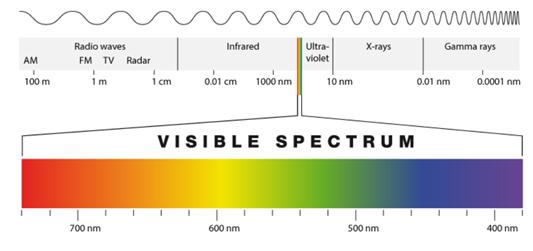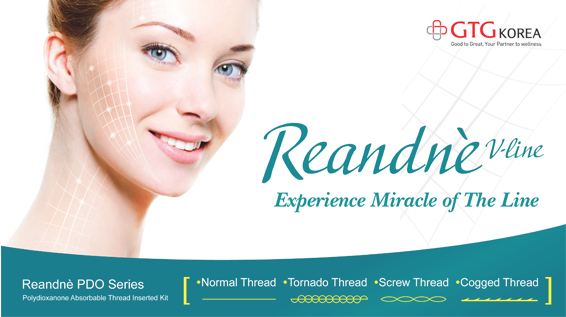
▶ Previous Artlcle: #9-2. Q-switched Nd:YAG Laser
Q-switched 532nm Laser
The Q-switched 532nm wavelength, which has high absorption coefficiency for melanin and oxyhemoglobin, is widely used for treatment of superficial pigmented lesions such as freckles, dark blemish, and milk coffee spots, and has the advantages of excellent effect and short recovery period.
[Advertisement] Reandnè Thread Series – Manufacturer: GTG KOREA(www.gtgkorea.co.kr)
At this time, the parameter used may be a 3mm spot size 0.5 to 0.7J/cm2 or 4mm spot size 0.6 to 1J/cm2 in light of the pigment density and thickness of the pigmented lesion.
However, such parameter is not an absolute value, and it is important to adjust the parameter more delicately for each lesion while observing the changes in tissue reacting to the laser, frosting, erythema, popping sound, etc.
In cases where such delicacy cannot be assured or where the experience is not adequate in identifying the tissue responses after laser treatment, this may lead to side effects such as hyperpigmentation and hypopigmentation, resulting in the prejudice or stereotyped notion that 532nm is a difficult laser to handle.

Figure 1. Visible spectrum.
The 532nm wavelength is also well absorbed by oxyhemoglobin, and therefore is used for vascular lesions such as capillary dilator, flushing, injection, acne redness, etc. At this time, the long pulse mode is used, instead of the Q-switch mode.
Q-switch mode is effective for treatment of redness or orange tattoos. As the blisters are often formed during tattoo treatment, blisters can be prevented if an ablation hole is made in the skin with CO2 or Er:YAG Fractional Laser immediately after the red or orange tattoo is treated.
The Q-switch mode also enables fractional removal of pigmented lesions and can also serve as a pathway, through which the broken pigment particles can escape.
-To be continued.




















